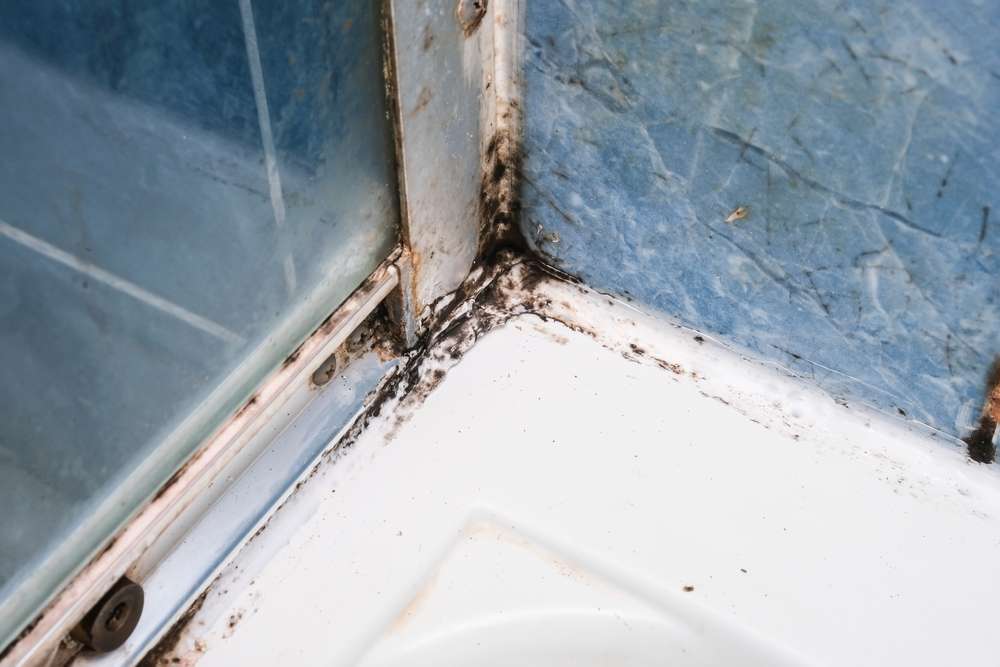Effective Mold Removal for Your Home: Causes, Risks, and Solutions
Mold in a house is more than an eyesore — it indicates excess moisture and can damage building materials, finishes, and stored belongings. Understanding where mold grows, why it returns, and practical ways to remove it helps homeowners protect indoor air quality and reduce ongoing repairs. This article explains common causes, the role of water damage, safe remediation steps, and when to rely on professional local services to restore a healthy home environment.

This article is for informational purposes only and should not be considered medical advice. Please consult a qualified healthcare professional for personalized guidance and treatment.
What causes mold in a house?
Mold needs three things: a food source (many building materials and household dust), moisture, and the right temperature range. In a house, common sources include slow leaks behind walls, condensation on cold surfaces, high indoor humidity, and poor ventilation in bathrooms or attics. Even small, persistent moisture sources can support mold growth over weeks to months. Identifying and eliminating the moisture source is the first step toward long-term control.
How does moisture lead to mold?
Moisture creates the environment mold spores need to germinate and colonize surfaces. High relative humidity, recurring condensation, and persistent dampness from plumbing or roof leaks allow spores to settle and grow on drywall, insulation, wood, and carpets. Controlling humidity with ventilation, exhaust fans, dehumidifiers, and fixing leaks reduces the chance of new growth. Monitoring moisture and drying wet areas within 24–48 hours is a practical habit to limit mold development.
Can water damage make mold worse?
Yes. Water damage from storms, flooding, or unnoticed leaks saturates materials and often requires removal of affected porous items like carpet padding and some insulation. When materials remain wet or only partially dry, mold can spread rapidly across hidden cavities. Addressing water damage promptly — by removing standing water, drying structures, and replacing irreparably damaged porous materials — limits mold growth and reduces longer-term structural harm.
How to remove mold from your home?
For small, non-porous areas, cleaning with soap and water or appropriate commercial cleaners can remove visible mold. Use personal protective equipment (gloves, eye protection, and an N95 respirator) and ventilate the space. Porous materials with deep contamination (ceiling tiles, unsealed drywall, carpets) often need replacement. Avoid mixing cleaners (for example, bleach and ammonia) and never rely solely on masking odors. Many agencies recommend professional remediation for large infestations (greater than about 10 square feet) or when occupants have health vulnerabilities. After removal, fix moisture sources and dry affected areas thoroughly to prevent recurrence.
When should you hire local services?
Hire trained mold remediation professionals when infestations are extensive, when mold is present in HVAC systems, or when household members have chronic respiratory conditions or compromised immune systems. If online booking portals or service requests return errors such as Service Unavailable: , try contacting providers by phone or email, check for alternate local services, or use reputable trade associations to verify licensure and insurance. Reputable contractors provide containment plans, HEPA filtration, and documented clearance procedures.
Conclusion
Mold in the home signals moisture problems that, if left unmanaged, can cause ongoing material damage and reduce indoor comfort. Successful removal combines correct cleaning or removal of contaminated materials, thorough drying, and fixing the underlying moisture source. For anything beyond a small, isolated patch, professional testing and remediation help ensure thorough cleanup and reduce the likelihood of recurrence.






